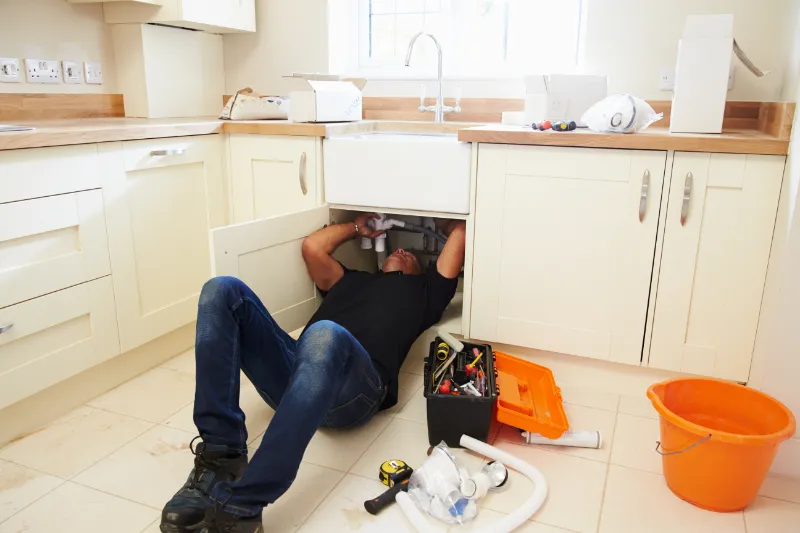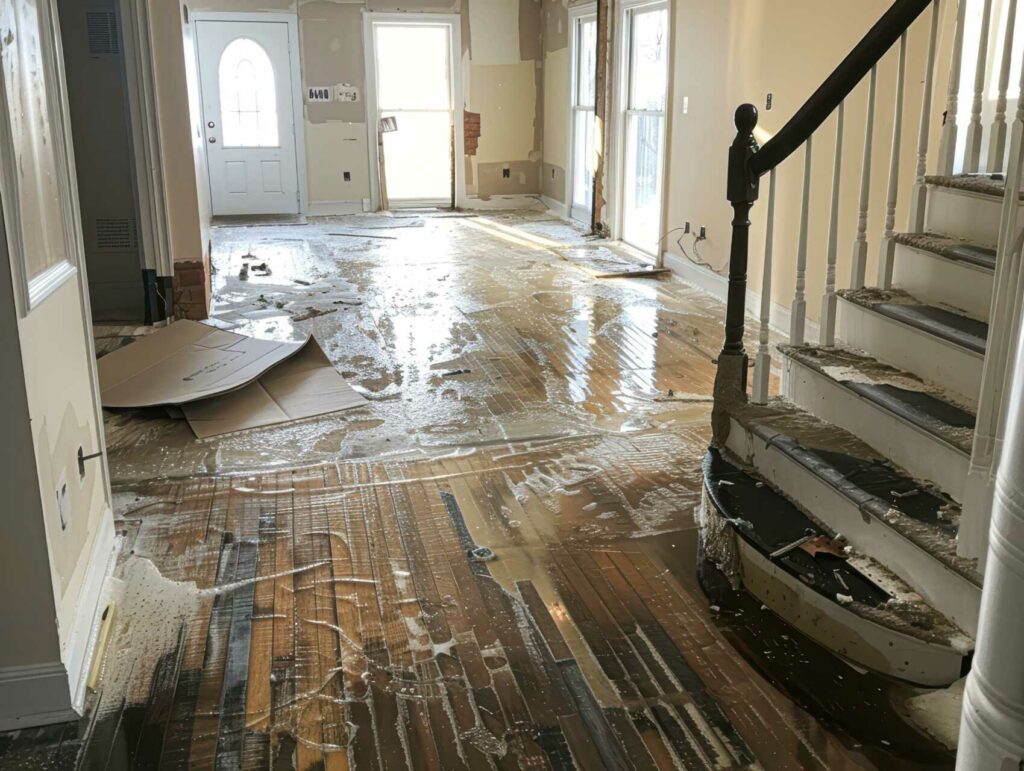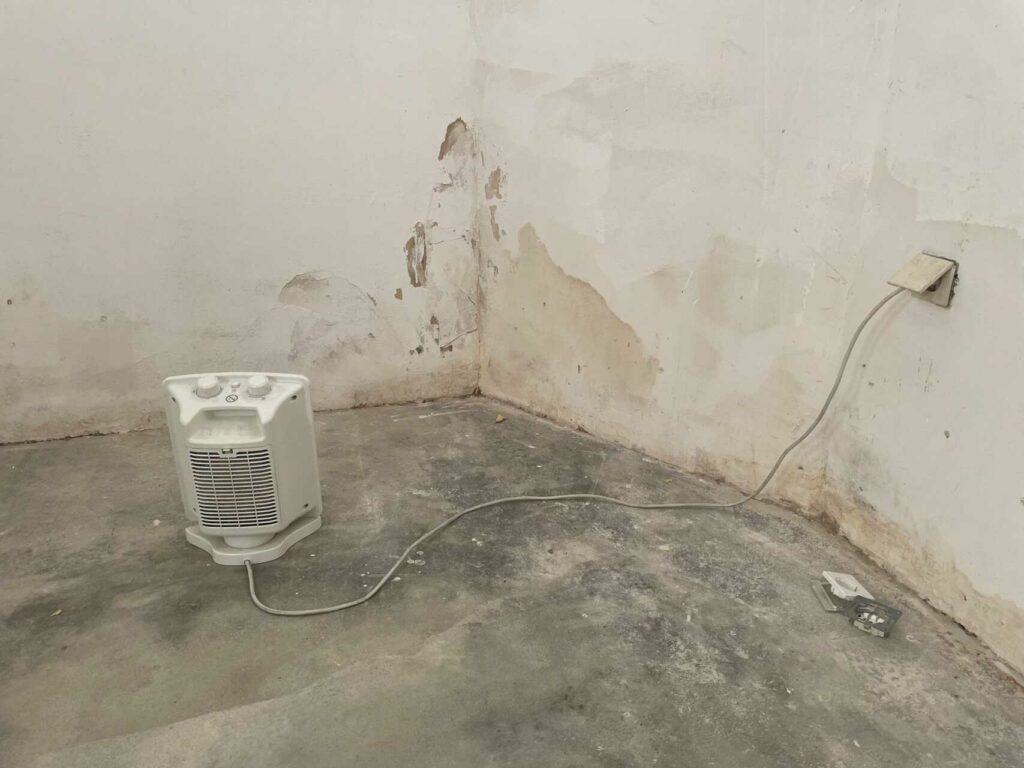Contents
Are you considering a home renovation or construction project and wondering whether to install electrical or plumbing first? Making the right decision is crucial for safety, cost, future modifications, efficiency, and convenience.
This article explores the advantages and considerations of installing electrical before or after plumbing, helping you make an informed choice that serves your needs best.
Let’s dive in and ensure your project is a success from the start.
Key Takeaways
- Safety considerations should be a priority, consulting professionals and identifying potential hazards before deciding on the installation sequence.
- Installing electrical before plumbing has cost implications, including better planning and coordination, as well as potential cost savings from minimizing modifications.
- Installing electrical before plumbing allows for easier access and future modifications, such as adding or relocating outlets, without constraints from the plumbing system.
- Prioritizing electrical work before plumbing enhances efficiency, functionality, and convenience, as well as allowing for better design and configuration of electrical elements.
Safety Considerations
When it comes to the order of installation for electrical and plumbing in your home, safety should be your top concern. Taking the necessary precautions can prevent accidents, minimize damage, and ensure the well-being of everyone involved. Here are some key factors to consider when deciding whether to install electrical or plumbing first.
Firstly, it’s crucial to consult with professionals in both fields. Electricians and plumbers have the expertise to assess your specific situation and provide guidance on the best course of action. They can help identify any potential hazards, such as incompatible wiring or plumbing layouts, and recommend the most appropriate sequence for installation.
Secondly, consider the impact on your daily activities. If you prioritize a functioning bathroom or kitchen, it may be wise to install plumbing first. This way, you can have access to essential utilities while electrical work is being carried out. However, if you rely heavily on electrical appliances or require extensive wiring, it might be more practical to complete the electrical installation first.
Furthermore, think about the potential for damage. Installing plumbing before electrical can reduce the risk of water damage to electrical components. On the other hand, electrical work done after plumbing can minimize the chance of accidental water contact during installation.
Cost Implications
Considering the cost implications, it’s important to evaluate the potential expenses associated with installing electrical before or after plumbing. When it comes to deciding the order of installation, cost plays a crucial role in determining the most efficient approach.
Installing electrical before plumbing can have its advantages in terms of cost. By completing the electrical work first, you can ensure that the plumbing system can be designed and installed in a way that’s most cost-effective. This allows for better planning and coordination between the two systems, reducing the risk of costly modifications or changes later on. Additionally, electrical installation often requires access to walls and ceilings for running wires, which can be more difficult once the plumbing fixtures and pipes are in place. By installing electrical first, you can avoid any potential damage to the plumbing system during the electrical installation process, saving you from unnecessary repair costs.
On the other hand, there may be situations where installing plumbing before electrical can result in cost savings. For example, if your plumbing system requires extensive modifications or rerouting, it may be more cost-effective to complete those tasks first. This way, the electrical system can be designed and installed based on the final plumbing layout, minimizing the need for costly changes or adjustments.
Ultimately, the decision of whether to install electrical before or after plumbing should be based on a careful assessment of your specific project requirements and budget. It’s recommended to consult with professionals in both fields to determine the most efficient and cost-effective approach for your project. By considering the cost implications at the outset, you can ensure that you make informed decisions that will help you save money in the long run.
Ease of Future Modifications
To ensure ease of future modifications, it’s advisable to install electrical before plumbing. By doing so, you’ll have greater flexibility and convenience when it comes to making changes or additions to your home’s electrical system.
Installing electrical before plumbing allows for better access to wiring and outlets. When electrical work is done first, it can be easily routed and positioned according to your specific needs. This makes it easier to add new outlets or relocate existing ones in the future, without having to worry about the constraints of the plumbing system.
In addition, installing electrical before plumbing minimizes the risk of damage or interference to the electrical system. Plumbing work often involves drilling and cutting into walls and floors, which can potentially damage electrical wiring or disrupt connections. By installing electrical first, you can ensure that the system is properly installed and protected, reducing the likelihood of costly repairs or safety hazards down the line.
Furthermore, having the electrical system in place before plumbing allows for a smoother and more efficient installation process. Electricians can work without being hindered by the presence of plumbing fixtures or pipes, ensuring that the wiring is done properly and according to code. This can save you time and money, as well as prevent any delays or complications during the construction or renovation process.
Efficiency and Functionality
When it comes to achieving optimum efficiency and functionality in your home, it’s crucial to prioritize the installation of electrical work before plumbing. By doing so, you can ensure that your electrical system is properly designed and configured to meet your specific needs, allowing for a more efficient and functional home environment.
Installing electrical work before plumbing allows you to plan and design your electrical system without any limitations or restrictions imposed by the plumbing layout. This gives you the freedom to position outlets, switches, and lighting fixtures in the most convenient and practical locations. Imagine having all your electrical outlets placed exactly where you need them, without any interference from plumbing pipes or fixtures. This not only enhances the functionality of your home but also improves the overall aesthetic appeal.
Additionally, prioritizing electrical work before plumbing allows for easier access and maintenance of your electrical system in the future. By having the electrical wiring and components in place first, plumbers can work around them without the risk of damaging or interfering with the electrical system. This ensures that any future modifications or repairs to the plumbing system can be carried out with minimal disruption to the electrical system, saving you time and money.
Furthermore, modern homes heavily rely on electrical appliances and devices for everyday tasks. From cooking and cleaning to entertainment and communication, electricity powers our lives. By prioritizing electrical installation, you can ensure that your home is equipped with a robust and reliable electrical system that can handle the demands of your modern lifestyle.
Convenience and Practicality
To prioritize convenience and practicality, it’s important to continue with the installation of electrical work before plumbing in your home. By doing so, you can ensure a smoother and more efficient construction process, saving you time and effort in the long run.
Installing electrical work before plumbing allows for easier access and maneuverability. Electricians can easily route wires and install outlets without any obstructions from pipes or fixtures. This means that you won’t have to worry about rearranging or repositioning plumbing elements to accommodate electrical work later on, saving you both time and money.
Furthermore, having electrical work completed first gives you the flexibility to design your space more effectively. You can plan out the placement of light fixtures, switches, and outlets in a way that suits your needs and preferences. This way, you can avoid any unnecessary modifications or alterations to your plumbing system in the future.
Another practical advantage of installing electrical work before plumbing is the ability to detect and address potential issues early on. By having the electrical system up and running, any electrical faults or malfunctions can be easily identified and rectified before proceeding with the plumbing installation. This proactive approach ensures that your home is safe and free from any electrical hazards.
In terms of convenience, having electrical work completed first allows you to start using your electrical appliances and devices sooner. You can have power outlets installed in areas where you need them the most, such as the kitchen, living room, or home office. This way, you can begin enjoying the comforts and functionality of your new space without delay.
Conclusion
In conclusion, when deciding whether electrical should be installed before or after plumbing, it’s important to consider factors such as:
- Safety: Ensuring that both electrical and plumbing installations meet safety standards and do not pose any hazards.
- Cost: Evaluating the financial implications of each option, including the costs of materials, labor, and potential future modifications.
- Ease of future modifications: Assessing how easy it will be to make changes or upgrades to the electrical or plumbing systems in the future.
- Efficiency: Considering how the order of installation can affect the overall efficiency of the systems and their performance.
- Functionality: Determining how the order of installation can impact the functionality and usability of the electrical and plumbing systems.
- Convenience: Weighing the convenience of having one system installed before the other, taking into account factors such as access and potential disruptions.
- Practicality: Considering practical aspects such as the layout of the space, the specific needs of the occupants, and any specific requirements or regulations.
It’s recommended to consult with professionals and contractors to determine the best approach for your specific situation. Planning and coordination are key to ensure a successful installation process and a well-functioning home or building.
You may also like: What should be installed first when plumbing a building?




